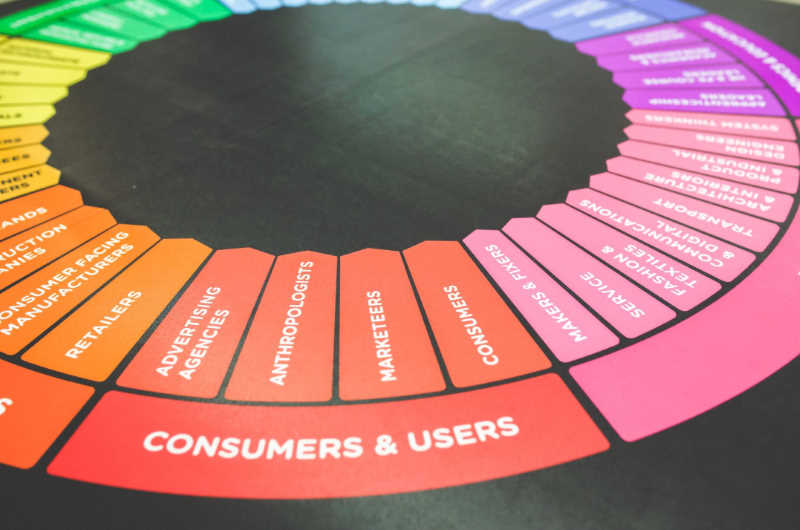A product can only ever truly launch once, even if there are sometimes opportunities to reintroduce it to the market.
It is always best to do everything possible to make sure that a product's launch is as successful and effective as it can be.
Some generally exciting products, though, end up launching to very little notice or interest.
That can make it almost impossible to achieve the kinds of results that the product's qualities would seem to merit.
Keep the following four goals in mind when planning your own product launch, and you will be a lot less likely to come up short in any way.
1. Make the Event Memorable
The launch of a product should always revolve around showcasing the star's admirable, desirable qualities.
While it is important to keep that in mind, it is common to become too narrowly focused on this especially obvious goal.
That can end up making a product launch look and feel overly pedestrian or too crassly commercial.
It will always be easier to communicate how exciting and compelling a product is when the event in question is the same.
Fortunately, it never needs to be overly difficult to ensure that a product launch will be appealing in its own right.
Hiring a company like Stamford Catering Services and booking an especially attractive venue, for instance, will go a long toward achieving this important goal.
2. Keep the Message Clear
Some products seem to be so well-rounded that describing them concisely can feel impossible.
Others are so innovative or creative that words might seem powerless to convey everything that makes them special.
In each and every case, though, having a clear message will make a product's launch more successful.
It might be necessary to leave off certain fairly significant points to make sure that the message stays focused.
Clear, tight messaging about what makes a new product great will ensure that the launch makes an impression.
It will also allow those in attendance to more easily communicate what they learned to others.
While it can take some study to come up to speed, developing a strong, compelling message will make any product launch more successful.
3. Plan Far Ahead
Of all the ways a product launch can fail, a lack of preparation and planning is both the most common and easily avoidable.
It will always be best to start thinking about and planning for a product launch as soon as it becomes clear that one will be forthcoming.
That will allow you to anticipate and account for the many details that will arise along the way.
It will also make it possible to refine your plans so they have the greatest possible impact, instead of being forced to act on half-formed ideas.
With the latter being an especially common reason for product launch failure, planning ahead will always be better.
4. Follow Through Effectively
It can feel as if a nominally successful product launch would herald a lucrative new era.
In practice, though, it is often what happens next that impacts the future most significantly.
Every bit of momentum created by a product launch needs to be leveraged and built upon.
Any buzz that developed, for instance, should be seen as a valuable but transient resource ripe for amplification.
Lessons learned from the launch itself should also be used right away to make appropriate adjustments to strategy.
Remaining active and engaged is the best way to ensure that all of a product launch's potential will be realized.
Keep these four goals in mind and your product launch should be as successful as possible.
While it will almost always take a lot of work, launching a product effectively will pay off for a long time to come.
